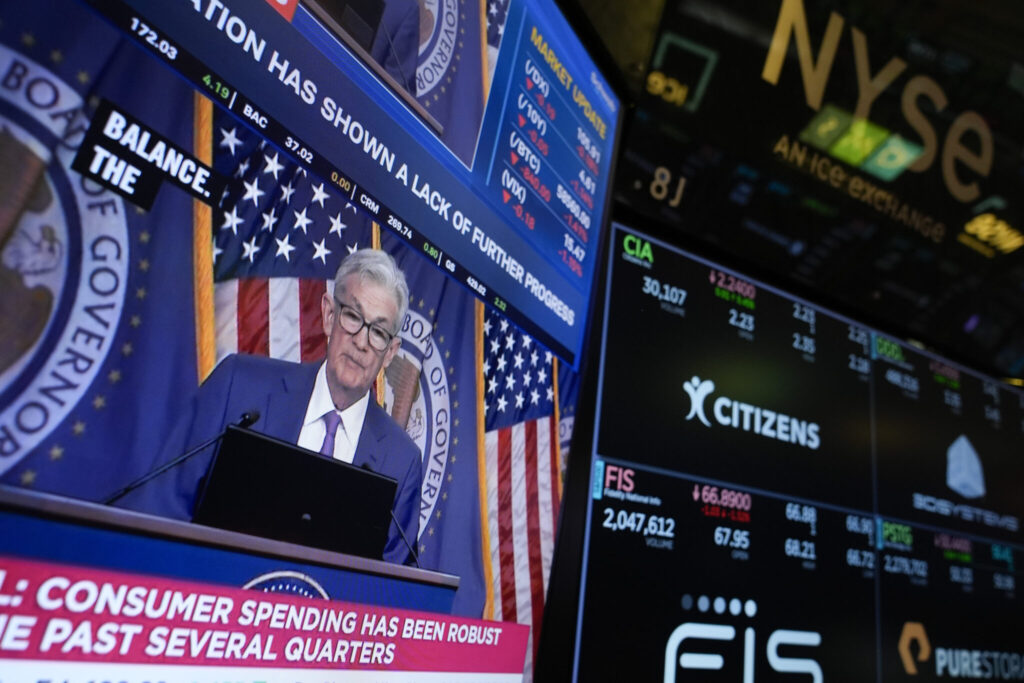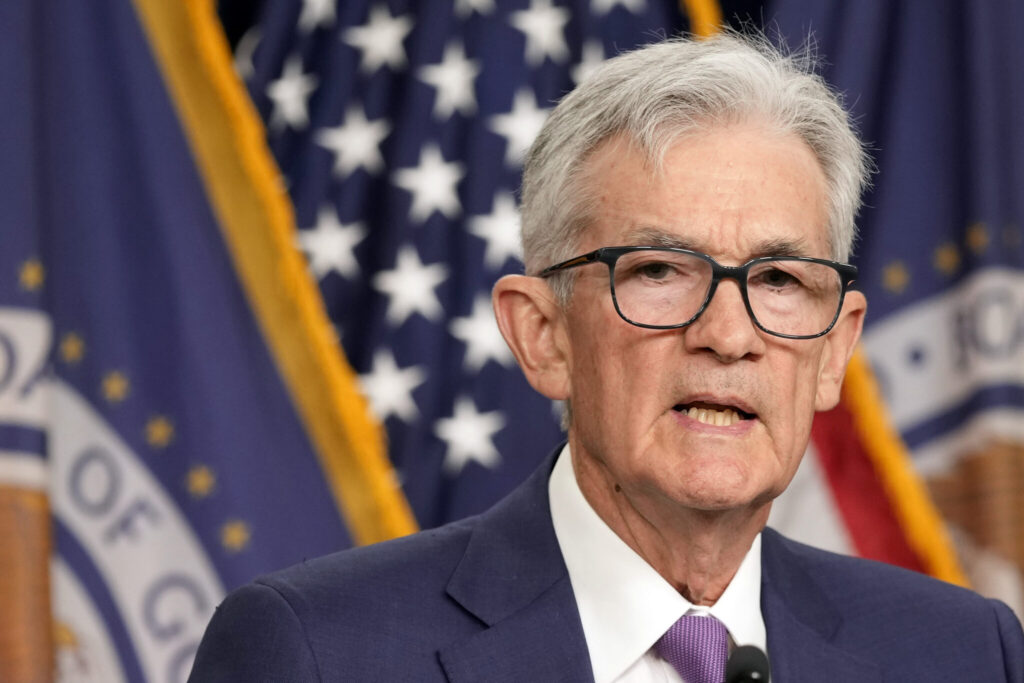Federal Reserve rate cuts/ soft landing economy/ Fed interest rate reduction/ U.S. economy 2024/ Fed soft landing, housing market relief/ small business borrowing/ Newslooks/ WASHINGTON/ Morning Edition/ J. Mansour/ The Federal Reserve is expected to begin cutting interest rates this week, aiming to ease borrowing costs and support the U.S. economy. The big question is whether the Fed can lower rates fast enough to prevent a recession and achieve a “soft landing.” While the economic outlook is uncertain, many are hoping the cuts will revive sectors like housing and small businesses.

Fed Interest Rate Cuts and the Soft Landing: What to Know Quick Looks:
- The Federal Reserve is expected to announce its first interest rate cut after over a year of hikes, aiming to curb inflation without triggering a recession.
- Small businesses and consumers, like Arizona’s Marcel Painting owner Kelly Mardis, hope rate cuts will revitalize housing and lending markets.
- Lower mortgage and loan rates are already anticipated, with the 30-year mortgage rate dipping to 6.2%.
- Economists debate whether the Fed will implement a quarter-point or half-point cut, with concerns about how fast and far rates will drop to avoid a deeper economic downturn.
- The housing market and small businesses, which struggled with high borrowing costs, could see relief, leading to increased activity and job growth.
Will Federal Reserve Cut Interest Rates Fast Enough for a Soft Landing?
Deep Look:
As the Federal Reserve prepares to announce its first interest rate cut after a prolonged period of hikes, Americans are anxiously watching to see if the move will be enough to steer the U.S. economy toward a “soft landing”—a scenario in which inflation is controlled without plunging the economy into a recession. For businesses like Kelly Mardis’ Marcel Painting in Tempe, Arizona, the cuts can’t come soon enough. With interest rates driving up the cost of mortgages and slowing the housing market, Mardis has already had to cut half of his 30-person staff.
Fed Chair Jerome Powell has signaled that the time for rate cuts has arrived, following a campaign of aggressive hikes aimed at taming inflation, which reached 40-year highs in 2022. The key question now is how quickly and deeply the Fed will move to lower rates from their current level of 5.3%, the highest in two decades.
Mardis and many others hope that rate cuts will reduce borrowing costs for mortgages, auto loans, credit cards, and business loans. When rates rise, businesses and consumers are less likely to spend, leading to slower economic growth. The Fed’s goal is to ease this burden while avoiding a sharp downturn in the job market, a delicate balancing act often referred to as a “soft landing.”
What Happens Next for Borrowing Costs?
Some promising signs are already emerging. The average 30-year mortgage rate dropped to 6.2% last week, its lowest level in 18 months, a drop that economists attribute to expectations of the Fed’s rate cuts. Borrowing costs for businesses are also falling, which could encourage investment and expansion, further supporting the economy.
But uncertainty still surrounds the Fed’s next steps. A central question for economists is whether the Fed will cut by a standard quarter-point or take more drastic action with a half-point cut. Gennadiy Goldberg, head of U.S. rates strategy at TD Securities, notes that a larger cut could signal that the Fed is more concerned about the state of the economy than it has publicly acknowledged, which could trigger market jitters.
“There’s a risk that markets could interpret a half-point cut as a sign that something is wrong,” Goldberg said.
At the same time, many on Wall Street hope for more significant cuts, particularly as borrowing costs remain high across the board. A quarter-point cut might not be enough to quickly bolster sectors like housing, which has been particularly sensitive to rising rates.
Will It Be Fast Enough to Deliver a Soft Landing?
The Fed’s challenge is clear: the economy is still growing, but cracks are showing. Inflation, while no longer at its peak, remains a concern, and hiring has slowed significantly. Over the past three months, hiring has averaged just 116,000 jobs a month, levels reminiscent of the sluggish growth seen in the aftermath of the 2008 financial crisis.
Diane Swonk, chief economist at KPMG, suggests that hiring trends point to fragility in the labor market. “We’re not hiring at a very strong pace,” she said. “This is still a much weaker labor market than we thought.”
Yet, even with the job market softening, inflation is close to the Fed’s 2% target, giving the central bank more room to maneuver. Many economists believe the Fed will aim to lower its key rate to a “neutral” level, around 3%, through 2025, which would mean a series of rate cuts. The pace of these cuts will likely determine whether the Fed can achieve the elusive soft landing.
Housing Market and Small Business Relief
The housing market, which has been hammered by high borrowing costs, is expected to benefit from the Fed’s shift in policy. Michele Raneri, head of U.S. research at TransUnion, notes that lower rates typically encourage homeowners to refinance and new buyers to enter the market. Once mortgage rates dip below 6%, the housing market could regain momentum, which has been stifled by a lack of affordable housing options.
“This starts to break up the logjam where there’s a low inventory of houses,” Raneri said. “We need people to start moving again to increase supply.”
Brittany Hart, who runs a software consulting firm in Phoenix that works with mortgage brokers and banks, is already seeing signs of renewed interest from clients as the outlook for lower borrowing costs improves. She’s hiring more staff to meet the demand she expects as the housing market picks up.
“This is the first leading indicator that we are getting back to normal activity in the housing market,” Hart said.
Looking Ahead
As the Fed meets this week, the U.S. economy is at a crucial turning point. While many are hopeful that rate cuts will ease financial burdens and prevent a recession, the timing and extent of these cuts will be critical. For now, businesses and consumers are cautiously optimistic that the Fed’s actions will deliver the economic relief they’ve been waiting for.







